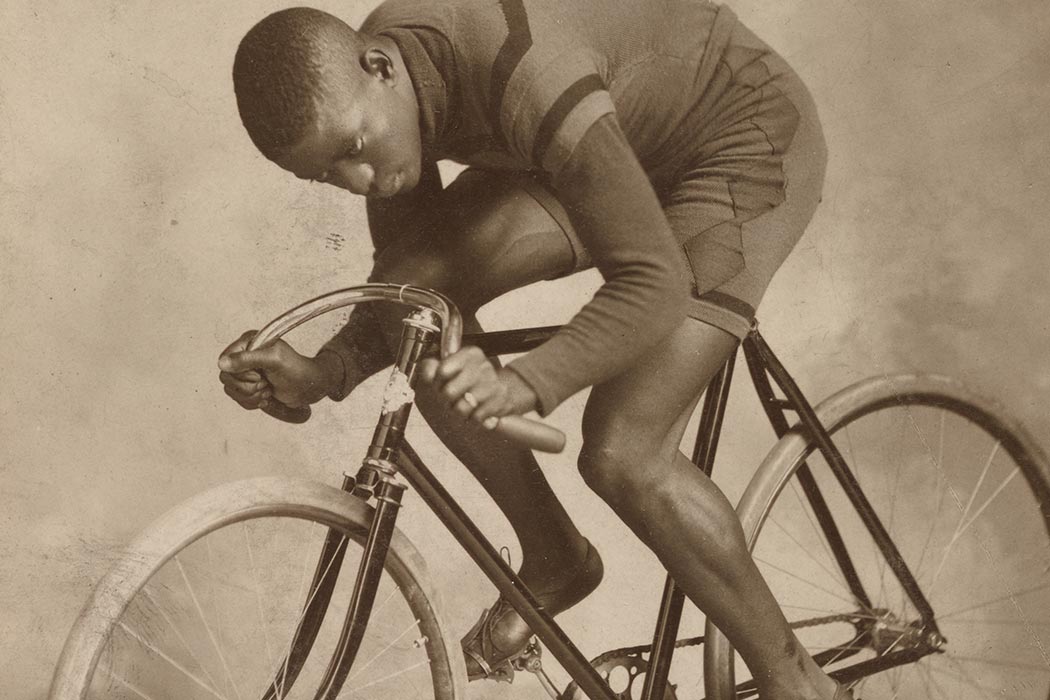If you’re an American adult who regularly rides a bicycle, you might feel a tiny sense of moral superiority about getting exercise and reducing your carbon footprint. But in the 1890s, the moral discourse around bike riding was very different, and much more fraught. As Michael Taylor explained in a 2010 paper, Protestant authorities saw cycling as a significant threat to morality, and tried to mold the sport into a Christian activity.
Up until the invention of the modern “safety” bicycle in 1887, few women rode the high wheel bicycles of the previous generation. But in the 1890s, a “cycling craze” offered a new kind of mobility to many young women.
Bikes facilitated unchaperoned dates—even elopements. Just as troubling to some moralists of the day, cycling women often wore bloomers, widely seen as indecent, that were much like men’s pants. The Women’s Rescue League of Boston even claimed that, following the closing of brothels, prostitutes were riding bikes to reach their clients.
Another charge against the cycling craze was that people were spending their Sundays—often the only work-free day of the week—on bike rides rather than at church. Already, male church attendance had been on the decline. As a sport open to both women and men, cycling threatened to leave preachers with congregations made up of only the sick and the elderly.
At the same time, men’s cycling raised moral questions that were common to sports in general. Religious leaders worried about unhealthy, vicious competition. Taylor quotes a Presbyterian newspaper reporting on a race in 1897 in which one racer was “kept constantly loaded with cocaine.” Another pushed himself so hard that he nearly lost consciousness.
Yet, for the “muscular Christian” movement that started late in the nineteenth century, bicycles were also a useful technology. Like other sports, cycling was a way to build courage, determination, and strength. As one minister told his congregants, cycling could help them achieve “the very highest, fullest and completest physical, mental and spiritual culture.” Cycling advocates also celebrated the sport as an alternative to saloons, gaming houses, and other morally objectionable forms of recreation.
Cycling opened rifts between and within churches. One Indianapolis minister started a riding group with young members of the church, only to be censured by older congregants for his “frivolous bicycle ways.”
Weekly Newsletter
Taylor writes that the moral controversy over bicycles ended as quickly as it began. By the early 1900s, the cycling craze wound down. The price of bicycles fell, transforming their image into a working-class mode of transportation rather than an accessory for leisure. Meanwhile, the automobile replaced the bicycle as a subject of religious concern. And within a few decades, Taylor writes, “it was hard to imagine a more inoffensive means of transportation and entertainment.”







